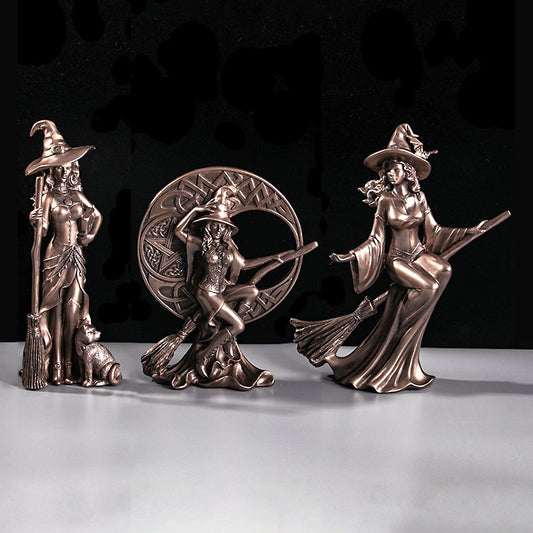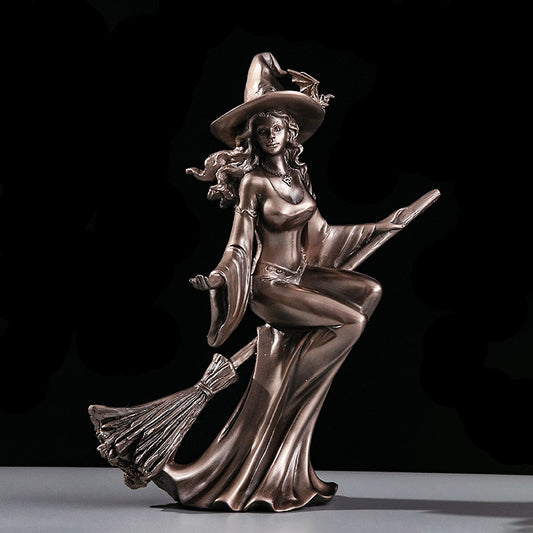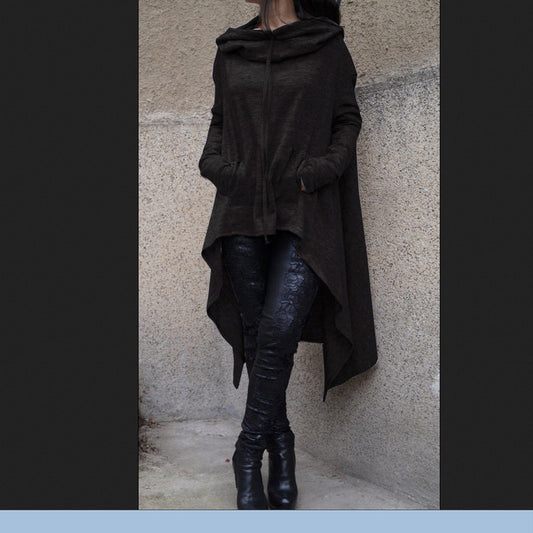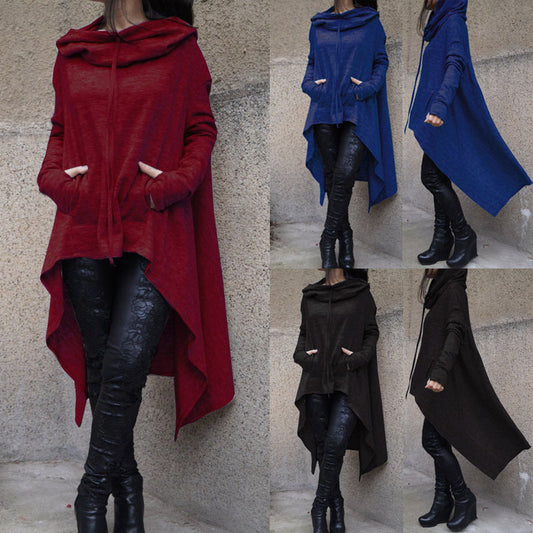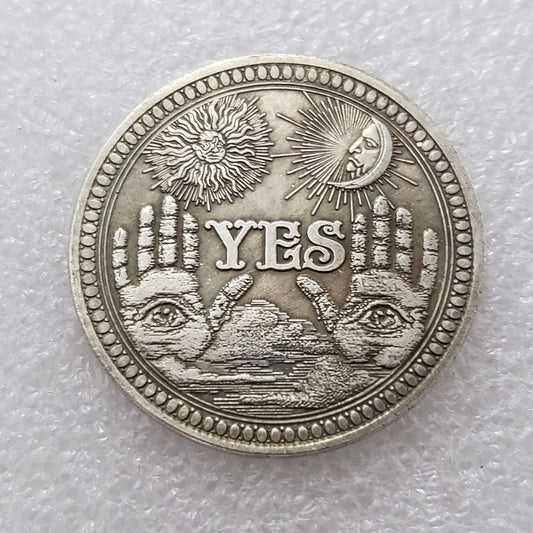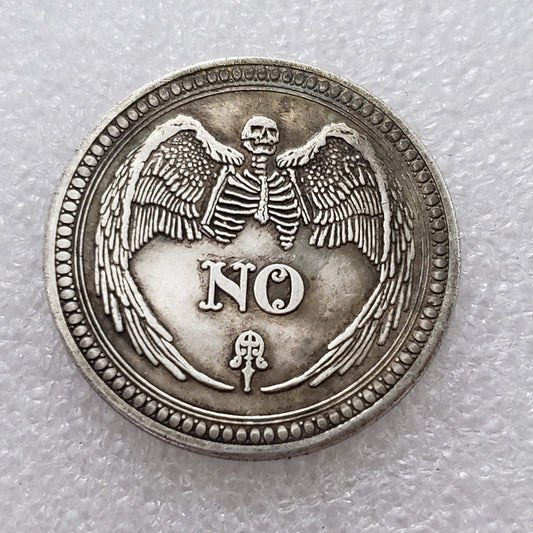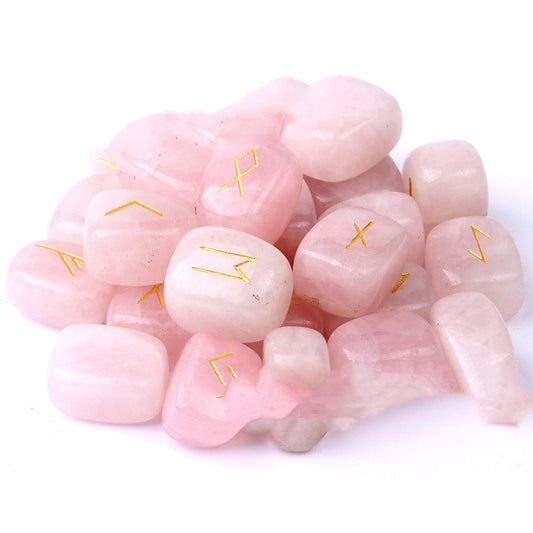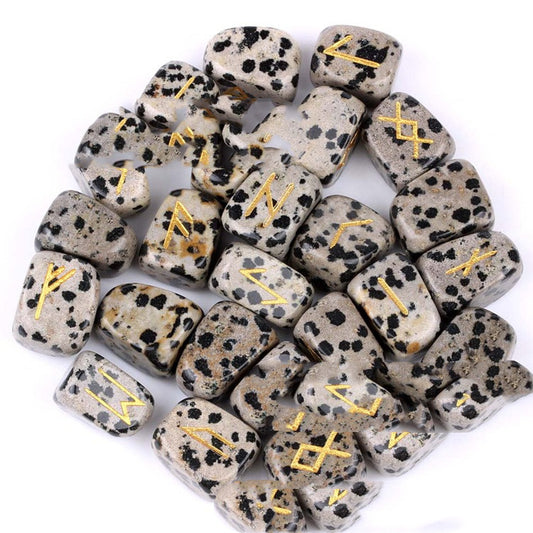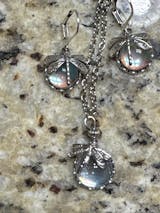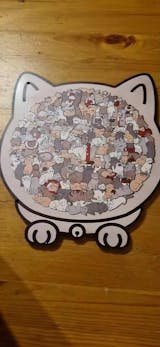Throughout history, cats have long been associated with witches—but have you ever wondered why? The link between witches and cats isn’t just folklore or superstition. It’s a story rooted in survival, misunderstood wisdom, and a tragic chapter of European history: the Black Plague. In this blog post, we’ll explore how feline companions became symbols of both protection and persecution, and what this history means for modern Wiccan practitioners.
The Rise of the Plague and the Fall of Wisdom
(Discover the forgotten link between witches and cats — and claim a mystical gift at the end.)
In the 14th century, Europe was devastated by the Black Death, a pandemic that killed an estimated 25–50 million people. At the time, medical knowledge was minimal, and people sought answers in superstition, religion, and scapegoats. The real culprits? Fleas carried by rats, which infested homes, streets, and grain stores across the continent.
However, there were some people—often herbalists, midwives, and wise women—who seemed to avoid the illness more frequently than others. Many of them lived on the edges of society and held sacred knowledge of plants, moon cycles, and natural remedies. Importantly, many of them kept cats as companions and guardians.
Cats as Silent Healers and Protectors
Before the invention of pest control, cats were one of the best defenses against rodent infestations. Their natural hunting instincts helped keep homes free of the rats that spread disease. For those who lived in harmony with nature, such as many early pagan and folk healers, cats were not just pets—they were familiars, spiritual allies, and partners in ritual.
In Wicca and other earth-based spiritual paths, a familiar is an animal believed to have a magical connection to a practitioner. Cats, especially black ones, became iconic for their mysterious nature, independence, and deep attunement to spiritual energies.
While most of society saw the plague as divine punishment, these women knew the value of cleanliness, herbal medicine, and natural living. Their avoidance of illness—combined with their unconventional lifestyles—made them stand out, and in fearful times, standing out was dangerous.
The Church, Superstition, and the Demonization of Cats
During the medieval era, the Catholic Church viewed cats with suspicion, particularly black cats. In 1233, Pope Gregory IX issued a papal bull called Vox in Rama, which explicitly linked cats, particularly black ones, to Satanic rituals. This document sparked mass killings of cats across Europe.
As the plague spread, and with fewer cats to keep the rats in check, the disease only grew worse. The attempt to suppress evil, ironically, made the situation deadlier. People began to associate cats—and their often solitary female caretakers—with devilry.
Women who lived alone, practiced herbal healing, and cared for animals were seen as witches. Their resilience against the plague was seen not as wisdom or nature’s protection, but as evidence of dark magic.
How Cats Became Symbols of Witchcraft
By the 15th and 16th centuries, the stereotype of the witch with her cat familiar was deeply embedded in the European imagination. Cats appeared in woodcuts, paintings, and pamphlets about witch trials, often as shape-shifting demons or spies for the Devil.
This history of demonization had devastating consequences:
- Thousands of women were executed during witch hunts in Europe and Colonial America.
- Cats continued to be killed or feared for centuries.
- Knowledge of herbalism, lunar magic, and natural living was suppressed.
And yet, despite these dark times, the legacy of these wise women—and their feline companions—has endured.
What This Means for Modern Wiccan Practitioners
Today, Wiccan and Pagan paths emphasize reverence for nature, animal spirits, and ancestral wisdom. The historical link between cats and witches reminds us of several vital lessons:
1. Cats as Familiars and Spiritual Guides
In many traditions, cats are seen as protective and intuitive animals. They are naturally sensitive to energy shifts, protective of sacred space, and can often be seen watching during rituals or meditation. Whether your cat is a literal familiar or a spiritual ally, their presence can enrich your practice.
2. The Importance of Herbal and Folk Knowledge
The so-called "witches" of the plague era were essentially early healers and ecologists. Their connection to plant medicine, lunar rhythms, and seasonal cycles form the roots of modern Wicca. This history affirms the value of continuing to study herbalism, foraging, and natural remedies as sacred practices.
3. Resilience in the Face of Fear and Misunderstanding
The women who survived the plague by living close to nature were vilified because they were different. This echoes the challenges modern witches may face today—being misunderstood, marginalized, or judged. Let their stories inspire you to walk your path with courage and authenticity.
4. Honoring the Symbolism of the Cat
In Wiccan symbolism, the cat represents independence, curiosity, psychic vision, and feminine power. Including cat imagery or statues on your altar, meditating with your feline companion, or working with cat totems can deepen your spiritual connection.
5. Understanding Sacred History
Part of reclaiming witchcraft and Wicca is understanding the true stories behind the symbols. The cat is not just a Halloween stereotype—it is a sacred ally with a history of protecting and empowering practitioners.
Incorporating Cat Energy Into Your Practice
If you feel a special connection to cats or want to begin working with cat magic, here are a few ideas:
- Create a Cat Altar: Include images or statues of Bastet (the Egyptian cat goddess), candles, and offerings your cat might enjoy.
- Work with Cat Spirit Guides: During meditation or divination, ask for the guidance of a cat spirit or totem.
- Honor Your Familiar: Whether living or passed, treat your cat with reverence. They are more than pets—they are guardians.
- Use Cat Symbolism in Spellwork: Draw on the qualities of agility, stealth, and clarity. Cat energy is excellent for protection, psychic defense, and independence.
- Read Historical Texts: Learn more about the herbal women of the past and how their knowledge is being revived in modern witchcraft.
Final Thoughts
The image of a witch with her black cat isn’t just a fantasy—it’s a testament to the resilience of nature-based spirituality. Cats, like witches, have survived persecution, fear, and centuries of misunderstanding. Their story is our story.
As a Wiccan or spiritual practitioner, embracing this legacy can deepen your sense of ancestral wisdom, reaffirm your connection with the natural world, and empower your magical practice. Whether through working with familiars, studying ancient healing arts, or simply observing your cat’s quiet wisdom, you’re honoring a sacred tradition that has endured through centuries.
Blessed be—and may the watchful eyes of your feline allies guide your way.
To honor the legacy of these feline protectors, we’re gifting you the Feline Amulet of Protection Necklace -a magical cat pendant infused with protective energy.



